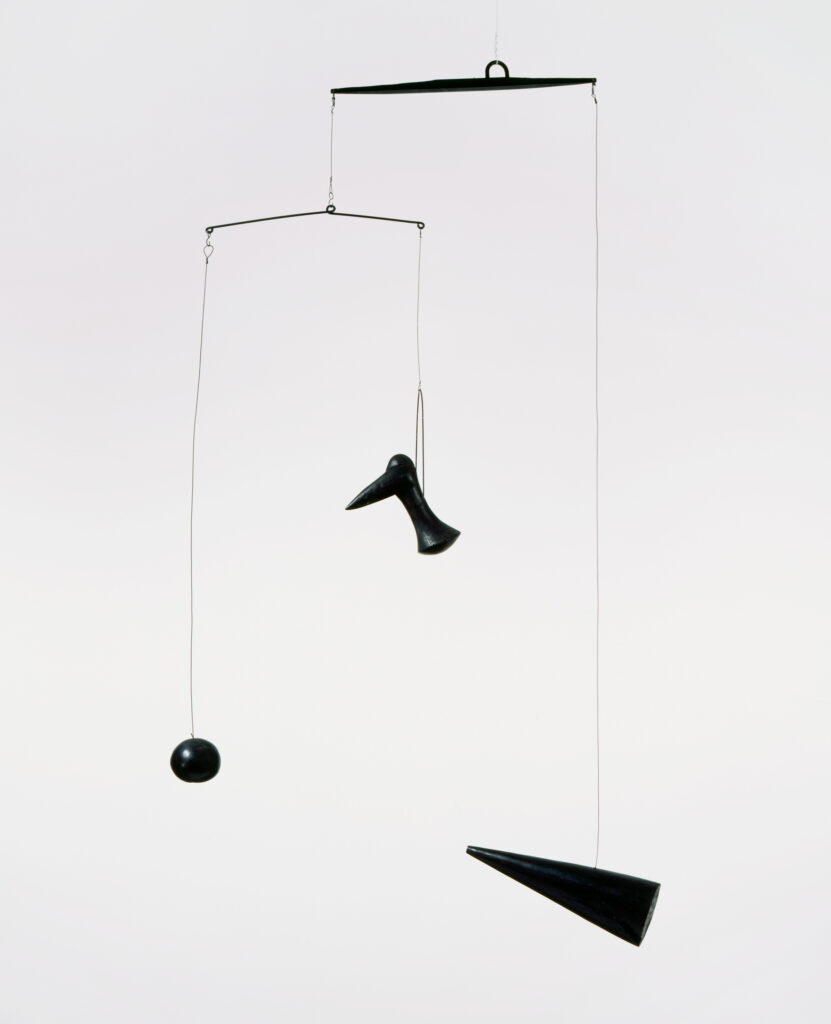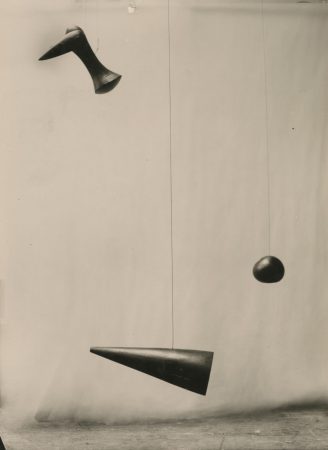


![Untitled (double-sided drawing) [recto] (1943)](https://calder.org/wp-content/uploads/historical-photos/Untitled-double-sided-drawing-recto-1943-450x327.jpg)
Fondation Maeght, Saint-Paul-de-Vence, France. Calder. 2 April–31 May 1969.
Solo ExhibitionPalazzo a Vela, Turin, Italy. Calder: Mostra retrospettiva. 2 July–25 September 1983.
Solo ExhibitionNational Gallery of Art, Washington, D.C. Alexander Calder: 1898–1976. 29 March–12 July 1998.
Solo ExhibitionFundación del Museo Guggenheim Bilbao. Calder: Gravedad y la Gracia. 18 March–12 October 2003.
Solo ExhibitionMusée National d’Art Moderne, Centre Georges Pompidou, Paris. Alexander Calder: les années parisiennes 1926–1933. 18 March–20 July 2009. Originated from the Whitney Museum of American Art, New York.
Solo ExhibitionWhitney Museum of American Art, New York. Calder: Hypermobility. 9 June–23 October 2017.
Solo ExhibitionFollowing a visit in October of 1930 to Piet Mondrian’s studio, where he was impressed by the environmental installation, Calder made his first wholly abstract compositions and invented the kinetic sculpture now known as the mobile. Coined for these works by Marcel Duchamp in 1931, the word “mobile” refers to both “motion” and “motive” in French. He also created stationary abstract works that Jean Arp dubbed “stabiles.”